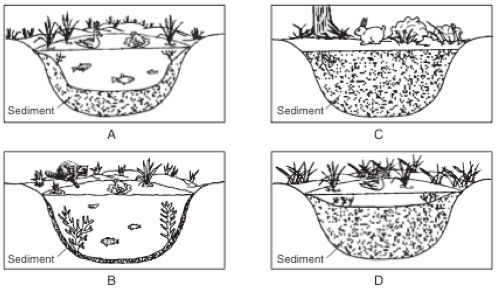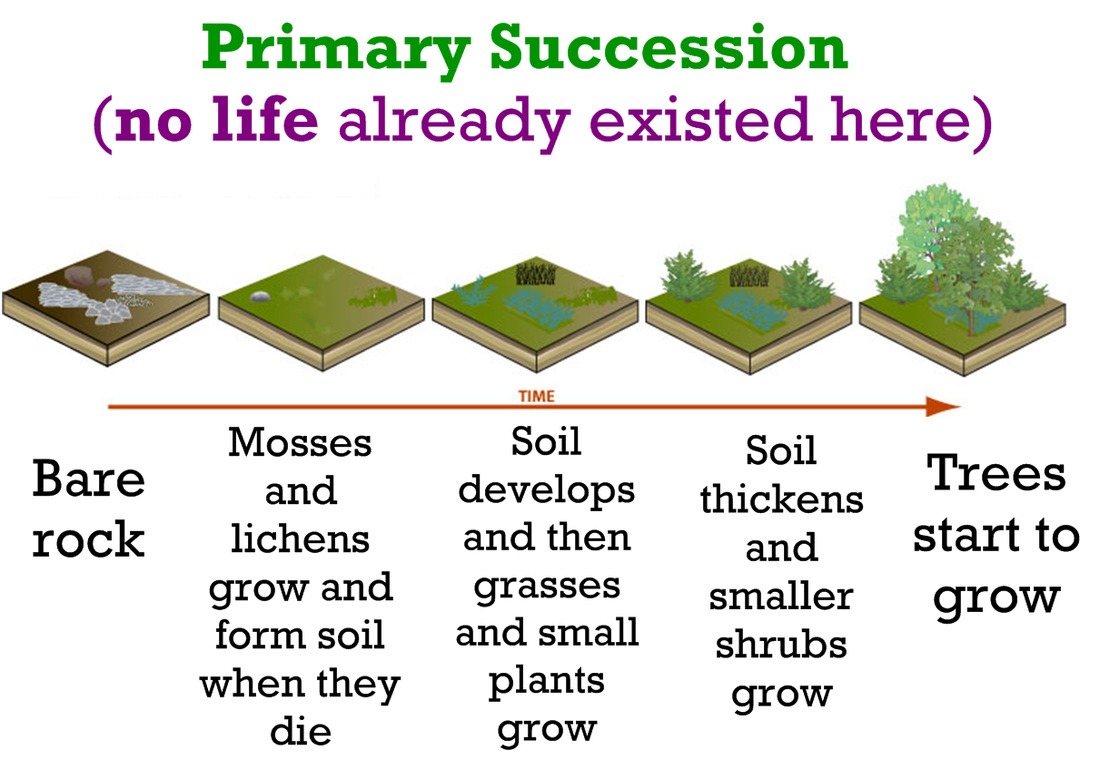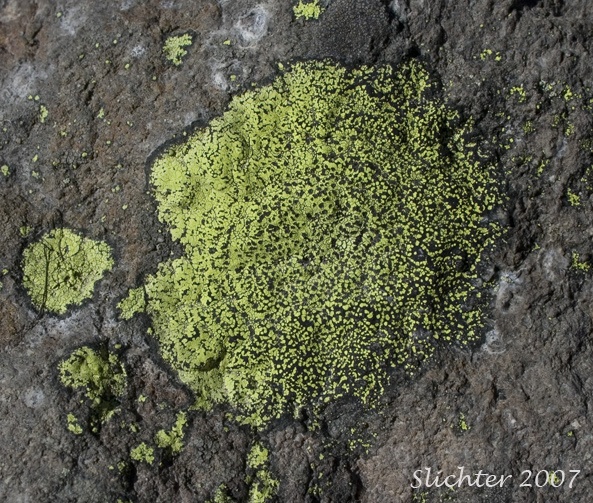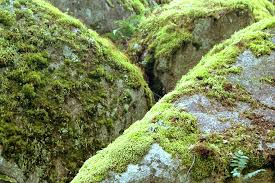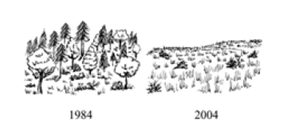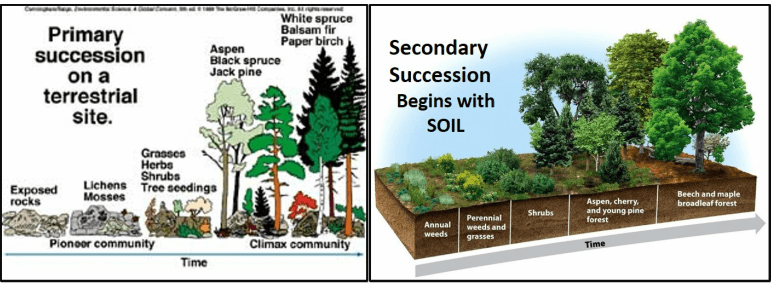
7.10(C): Ecological Succession
Assessment
•
Jason Posner
•
Science
•
7th - 8th Grade
•
20 plays
•
Hard
Improve your activity
Higher order questions
Match
•
Reorder
•
Categorization
.svg)
actions
Add similar questions
Add answer explanations
Translate quiz
Tag questions with standards
More options
24 questions
Show answers
1.
Multiple Choice
What type of ecological succession occurs in an area with NO SOIL?
Ecological succession
Primary succession
Secondary succession
Pioneer speciles
2.
Multiple Choice
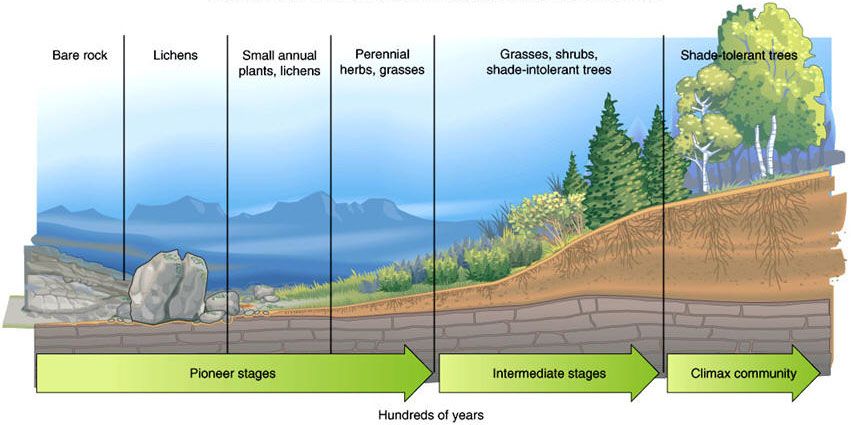
What type of ecological succession is shown in this picture?
Primary
Secondary
Tertiary
Quaternary
3.
Multiple Choice
Starts with BARE ROCK followed by lichen:
Primary succession
Secondary succession
Both primary and secondary succession
Neither primary nor secondary succession
4.
Multiple Choice
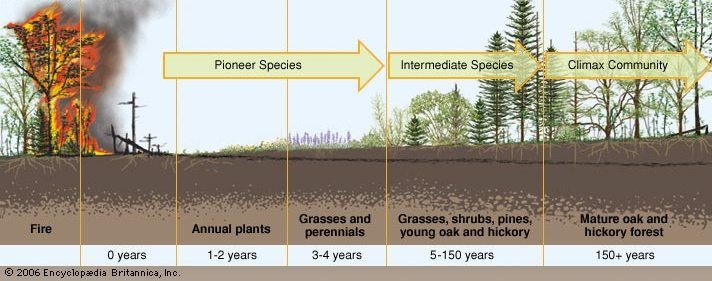
What type of ecological succession is shown in this picture?
Primary
Secondary
Tertiary
Quaternary
5.
Multiple Choice
The final stable community of plants and animals is called a(n) --
pioneer community.
farmland.
climax community.
old field.
6.
Multiple Choice
How do lichens contribute to primary succession?
Lichens decompose organic matter from animals and plants.
Lichens begin to break down rock to form soil.
Lichens are nitrogen fixing bacteria.
Lichens convert carbohydrates into fossil fuels.

Explore this activity with a free account
Find a similar activity
Create activity tailored to your needs using
.svg)

Ecological Succession
•
7th Grade

Catastrophic Events
•
7th Grade

Ecological Succession
•
7th - 8th Grade

Ecological Succession
•
9th Grade

Ecological Succession
•
7th Grade

Succession
•
9th Grade

Primary and Secondary Succession
•
9th Grade

Ecological Succession
•
7th - 8th Grade

